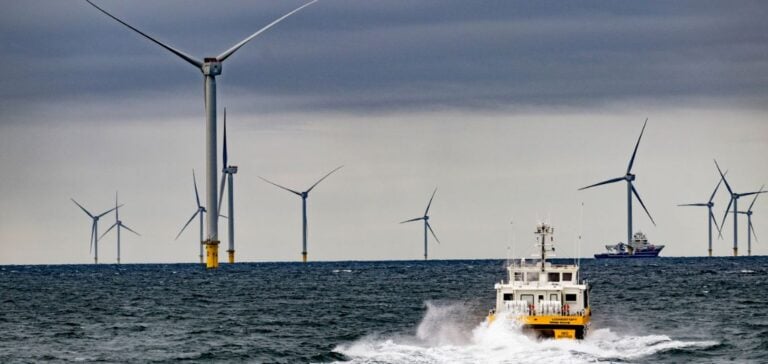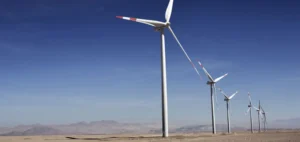The development of offshore wind farms in the Baltic Sea faces strong opposition from the Swedish Armed Forces. In an email sent to AFP, the military described these infrastructures as “unacceptable risks” to national and allied defense. According to their assessment, no current technical or legal solutions would allow for the coexistence of defense priorities and renewable energy needs in this strategically significant region.
Earlier in November, the Swedish government canceled thirteen offshore wind farm projects planned along the Baltic Sea coast, including one west of the island of Gotland. The military emphasized that the turbines and rotating blades of the wind farms would create radar and underwater interferences, directly affecting the ability to detect threats, such as submarines.
A Geopolitical Context Under High Tension
This opposition takes place against a backdrop of heightened tensions in the region, intensified by Russia’s invasion of Ukraine in 2022. Sweden’s proximity to Kaliningrad, a strategic Russian enclave, places its defense systems in a critical position for regional security. The Swedish Armed Forces stressed the importance of maintaining optimal capabilities to monitor and detect potential threats over long distances.
With Sweden’s recent accession to the North Atlantic Treaty Organization (NATO), the Baltic Sea is now surrounded by NATO member states, with the exception of Russia. Maintaining effective sensor systems in this region has become a key priority.
The Energy Transition Challenge
Despite defense imperatives, the energy transition remains a priority for Sweden. The country’s electricity consumption could double to 300 terawatt-hours (TWh) by 2045, driven by renewable energy sources. The abandonment of offshore wind farm projects in the Baltic Sea highlights the challenge of reconciling environmental objectives with the strategic demands of national defense.
Sweden will need to explore alternatives to meet its climate ambitions while ensuring territorial security. Future decisions may include relocating wind energy projects to less sensitive areas or developing new technologies to mitigate interferences.





















